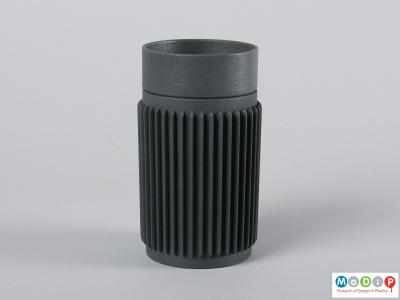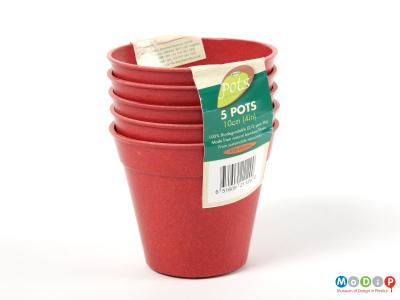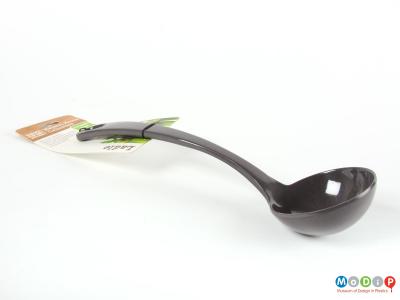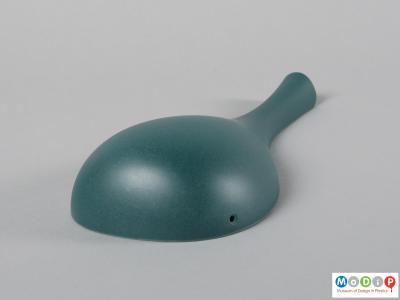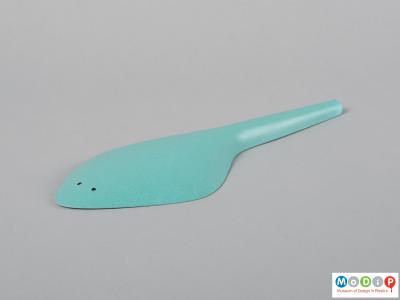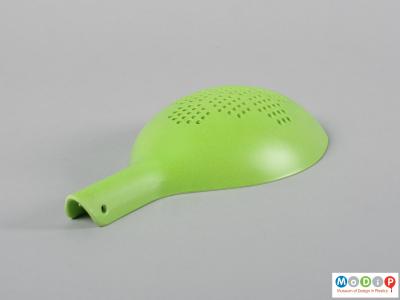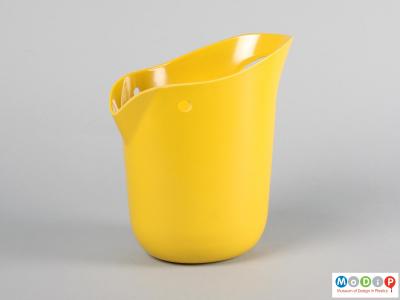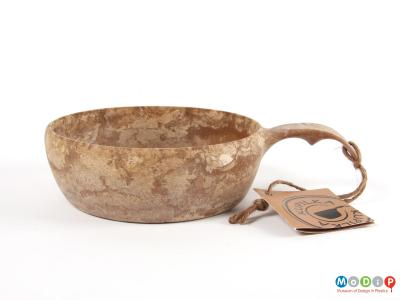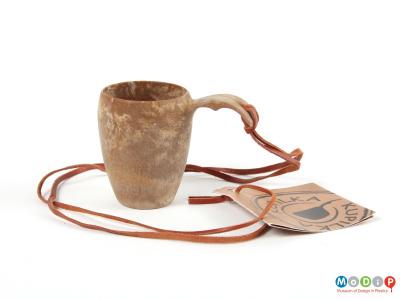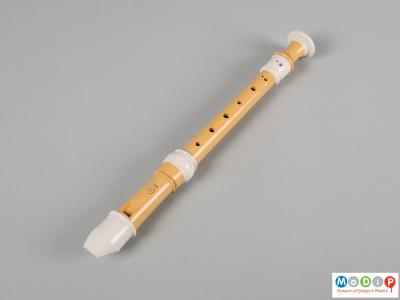Much effort has been put into the production of biomass plastics (biomass being a renewable energy source derived from living or recently living organisms) as a sustainable alternative to fossil fuel based plastics. Although less harmful to the environment the production of these materials is not without controversy. A balance needs to be found between land used to grow crops for bioplastic production and that used for food production; they may not be compatible with current recycling systems and release methane in landfill; and the material is not always identified clearly on the object. However, these materials are increasingly being used for a wide range of applications and they are derived from some surprising sources.
The Ultra 3 Bloom running shoes by Vivobarefoot (1) are made from BLOOM foam produced from algae. Cambond Ltd developed the Wasbeans Reusable Coffee Cup (2) made from 72% used coffee grounds, 18% bioresin, 9% ground rice husks, and 1% vegetable dye. Not only do the materials make full use of waste and by-products from other industries, but the reusable cup also helps to address the problem of disposable cups ending up in landfill.
Both bamboo fibres and waste sawdust from factories are combined with bio-resins to produce strong, lightweight materials. These materials can be used to make a wide range of objects such as plant pots (3), kitchen utensils (4), and children’s toys (5 - 8).
The inclusion of biomass material in composites reduces the reliance on fossil fuels and makes use of available sustainable resources. The Kupilka bowl and cup (9 - 10) are made from Kareline, a natural fibre composite material of 50% pine fibre and 50% polypropylene. The Yamaha recorder (11) is made from a compound of Ecodear polylactic acid and acrylonitrile butadiene styrene (ABS). It has the same durability and strength of a fully ABS recorder, but has a lower environmental impact. Polylactic acid is derived from corn starch, cassava or sugarcane and is now widely used in composites or as a single material (12).


